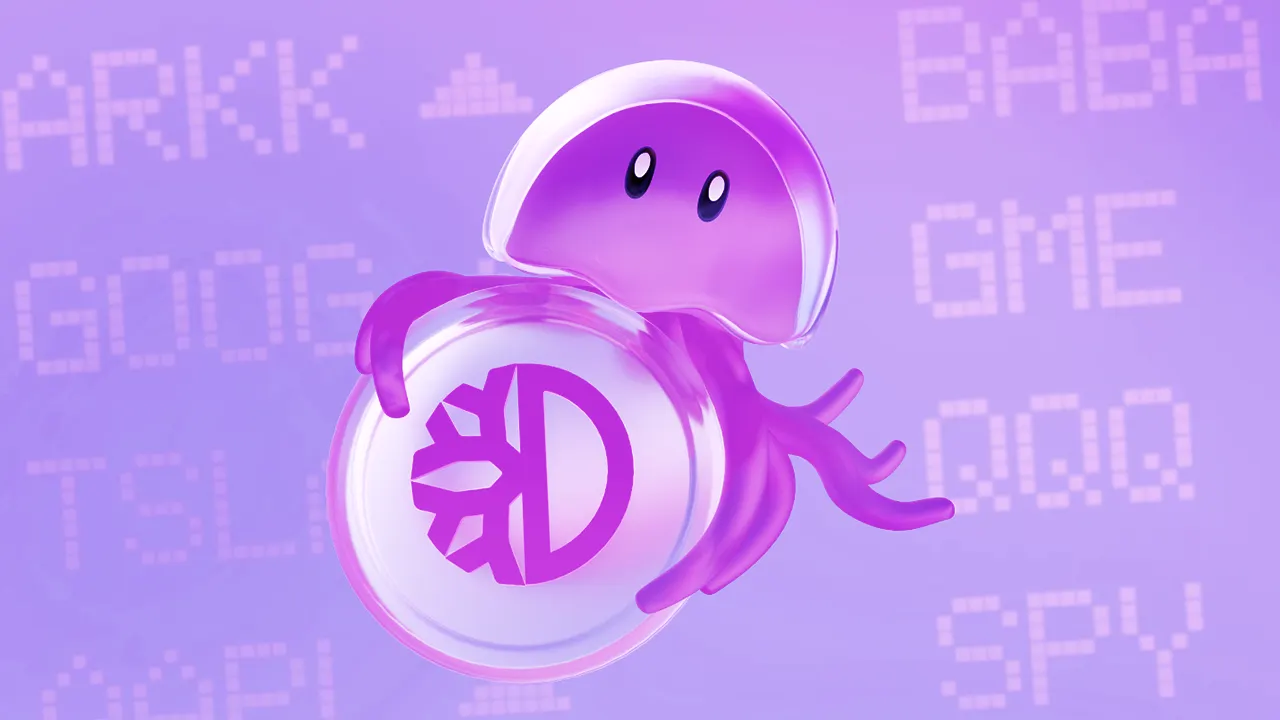Historically, trading on the stock market has only been an option available to relatively few privileged investors. The expense involved and the geographical restrictions on trading limit the opportunities to get involved for vast swathes of the global population.
Now, Bitcoin-based decentralized finance (DeFi) platform DeFiChain is opening up the opportunity to create decentralized assets that perform similarly to stocks, to potentially millions of users.
DeFiChain's Fort Canning hard fork, launched on November 15, enables anyone to create a decentralized asset by issuing tokens that change in value in tandem with other assets, such as Fortune 500 stocks.
The hard fork “opens up the whole world of financial capabilities for everybody,” said U-Zyn Chua, co-founder of DeFiChain. Users "only need a smartphone and access to the Internet to get exposure to both assets and crypto."
With the launch of the Fort Canning hard fork, participants on the DeFiChain blockchain can now purchase decentralized assets that track Nasdaq-traded stocks including Alphabet, Apple, GameStop, Tesla, and Alibaba, as well as assets that track exchange-traded funds (ETFs) such as ARK Innovation ETF (ARKK), SPDR Gold Shares (GLD) and SPDR S&P 500 Trust (SPY).
Creators of decentralized assets on DeFiChain can also sell fractions of tokens, with no need for a broker or other intermediary. Because token purchasers can be located anywhere in the world, and don’t require a bank account, the DeFiChain team anticipates that the blockchain will increase accessibility to markets for users who have, to date, been shut out of traditional securities markets.
What are decentralized assets?
As well as trading decentralized assets, users of the Bitcoin-based DeFi platform can also create their own decentralized assets—which are similar to stock market indexes in that they reflect the value of another asset, but are fully autonomous. The value of decentralized assets is secured not by the traditional assets that they track, but rather by cryptocurrencies that are deposited into vaults.
The vaults have to be collateralized 100% by DFI—DeFiChain’s native currency. Alternatively, the collateral can also be split up into 50% DFI and 50% in an established cryptocurrency.
Vaults use their buying power to mint the stock or other asset that a token tracks. These tokens can be used in Liquidity Mining on DeFiChain, where liquidity providers are rewarded in DFI for providing liquidity in form of stablecoins and tokenized assets or cryptocurrencies such as Bitcoin and Ethereum. The returns that liquidity providers can earn vary based on the supplied liquidity in the pools.
DeFiChain—a Bitcoin hard fork that launched in May 2020—enables decentralized finance without using smart contracts; rather than building decentralized apps (dapps) on top of the blockchain, it uses native programming at the consensus level to create the platform’s capabilities.
But more important than the platform's technical achievements, DeFiChain co-founder Dr. Julian Hosp told Decrypt, is the opportunities it creates for investors. “The most exciting possibility is that DeFiChain users can combine their investments from traditional markets together with investments in the crypto world, ” Hosp said.
Learn more about DeFiChain here.
Daily Debrief Newsletter
Start every day with the top news stories right now, plus original features, a podcast, videos and more.

